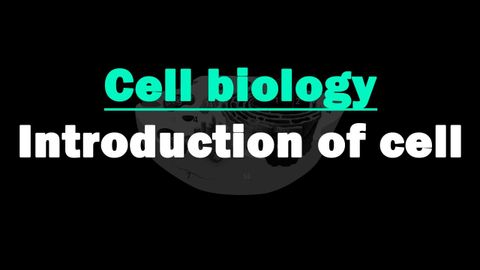
Subtitles & vocabulary
Cell Biology | Introduction To Cell
00
Study English posted on 2016/10/06Save
Video vocabulary
form
US /fɔrm/
・
UK /fɔ:m/
- Noun
- Sports team or person's current winning record
- Document you complete when making an application
- Transitive Verb
- To organize something such as a club or group
- To develop; to come into a shape or substance
A1TOEIC
More perform
US /pɚˈfɔrm/
・
UK /pə'fɔ:m/
- Verb (Transitive/Intransitive)
- To carry out an action well or successfully
- To entertain an audience by dancing, singing etc.
A1TOEIC
More shape
US /ʃep/
・
UK /ʃeɪp/
- Noun (Countable/Uncountable)
- The outer form of something, what it looks like
- Condition or state of someone or something
- Transitive Verb
- To influence something to make it the way you want
- To give a certain material a particular form
A1TOEIC
More property
US /ˈprɑpəti/
・
UK /'prɒpətɪ/
- Noun (Countable/Uncountable)
- Particular quality that someone or something has
- Buildings or piece of land owned by someone
A2TOEIC
More Use Energy
Unlock All Vocabulary
Unlock pronunciation, explanations, and filters
